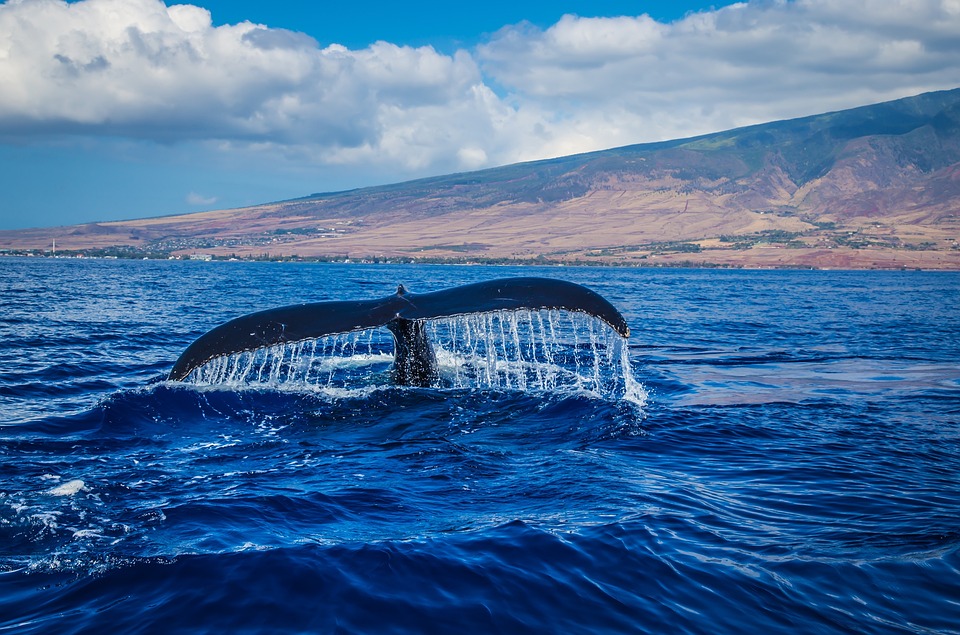This post is also available in:
 עברית (Hebrew)
עברית (Hebrew)
Autonomous submarines will revolutionize the battle beneath the sea. The US Navy’s proposed 2020 budget shows a significant commitment toward unmanned systems, including submersibles. The service is asking Congress for $359 million toward UUVs, or unmanned underwater vehicles. That includes $182 million for the development, fabrication and testing of Orca, a large unmanned submarine that will be manufactured by Huntington Ingalls Industries (HLL), the US largest military shipbuilder, and Boeing.
The partnership between these two defense titans isn’t new, but it’s taken off in 2019. HLL’s responsibilities include fabricating and assembling hull structures and looking at safety and reliability issues, said Dan Tubbs, Boeing’s deputy director of advanced maritime systems.
Boeing already has built the Echo Voyager, a 50-ton autonomous submersible currently on sea trials with more than 2,500 hours of ocean testing. A hybrid battery-diesel system powers the ship. It can stay at sea for months, resurfacing to snorkel depth to take in air to power the diesel engines, which then recharges the batteries, according to navytimes.com.
The Orca is different. Initially, Orca will be used for tasks such as delivering payloads, laying mines, mapping the ocean floor or gather surveillance, said Bryan Clark, an analyst with the Center for Strategic and Budgetary Assessments and a former submarine officer. Doing that drudge work frees up more manned submarines for attack missions, which effectively increases the firepower of the fleet. An unmanned sub could operate as a “wing man” for a Virginia-class submarine, handling surveillance or carrying additional weapons and supplies.
Challenges await if UUVs are called upon to do more advanced missions, because moving through the sea isn’t the same as flying through the air. While unmanned aircraft can be remotely piloted, with an undersea drone, “you don’t have real-time communication to see what it sees,” Clark said. “And it’s not even seeing that well. Its only sensor is sonar. That’s not a perfect sensor.”
Using the Orca as an attack drone would require a significant upgrade in sensors so it can see or hear what’s around it and understand targets.

























